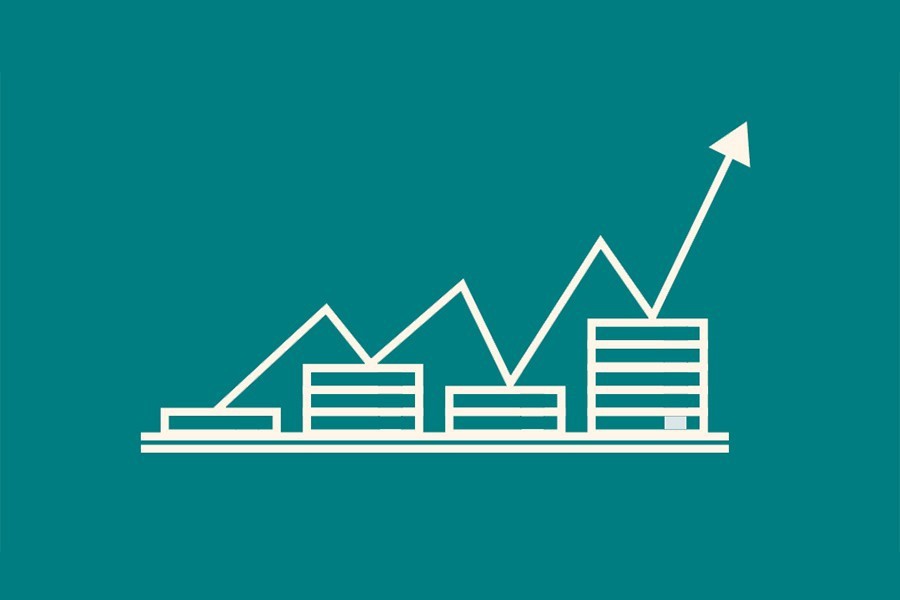Nikkei Asia, in its recent article, praised Bangladesh's growth describing how the economy has boomed and exports soared.
The article also described how Bangladesh's economy has even exhibited resilience during the coronavirus pandemic and appreciated the government's timely stimulus packages and decision to reopen factories as early as May 2020.
The article titled "Bangladesh at 50: how the country has fared since independence" mentioned that since 1971, it has outstripped Pakistan in generating growth, with apparel exports and a surge in remittances helping to drive the economy.
Bangladesh marked the 50th anniversary of its independence from Pakistan "buoyed by economic progress and a relatively successful response to the coronavirus pandemic."
But, the article suggested that the progress still needed to lift more of its 163 million people, 2.0 per cent of the global population, out of poverty and highlighted challenges and concerns.
Bangladesh's growth rate exceeded 8.0 per cent in 2019, according to World Bank data.
When the country seceded from Pakistan, its gross domestic product per capita was about three-quarters of Pakistan's; by 2019, it was almost 45 per cent more.
The country reached lower middle-income country status in 2015 -- defined by the World Bank as having gross national income per capita of between $1,036 and $4,045.
The category also includes India, Pakistan and the Philippines. Bangladesh is also on track to be moved out of the United Nation's Least Developed Countries list in 2026, according to the article.
Meanwhile, remittance inflows from Bangladeshis working overseas reached $16.7 billion for the eight months starting from July 2020, the start of the country's fiscal year, a third higher than total remittances of the same period in the previous year, according to Bangladesh Bank, the central bank.
A young workforce and higher participation by women in the labour force have played a significant role in the country's development, especially for its export-oriented labour-intensive garment industry, the article reads.
According to the World Bank, 36 per cent of women, aged 15 or over, were economically active in Bangladesh in 2019, compared with 22 per cent in Pakistan and 21 per cent in India.
On the flip side, even though the share of the country's population living below the national poverty line more than halved from 48.9 per cent in 2000 to 21.8 per cent in 2018, the large population base means that its government still needs to work harder to elevate standards of living for over 35 million people.
The country has done relatively well in containing the coronavirus, with a lower case count per 1.0 million people than Japan, and it is pushing ahead with vaccination, the article reads.


